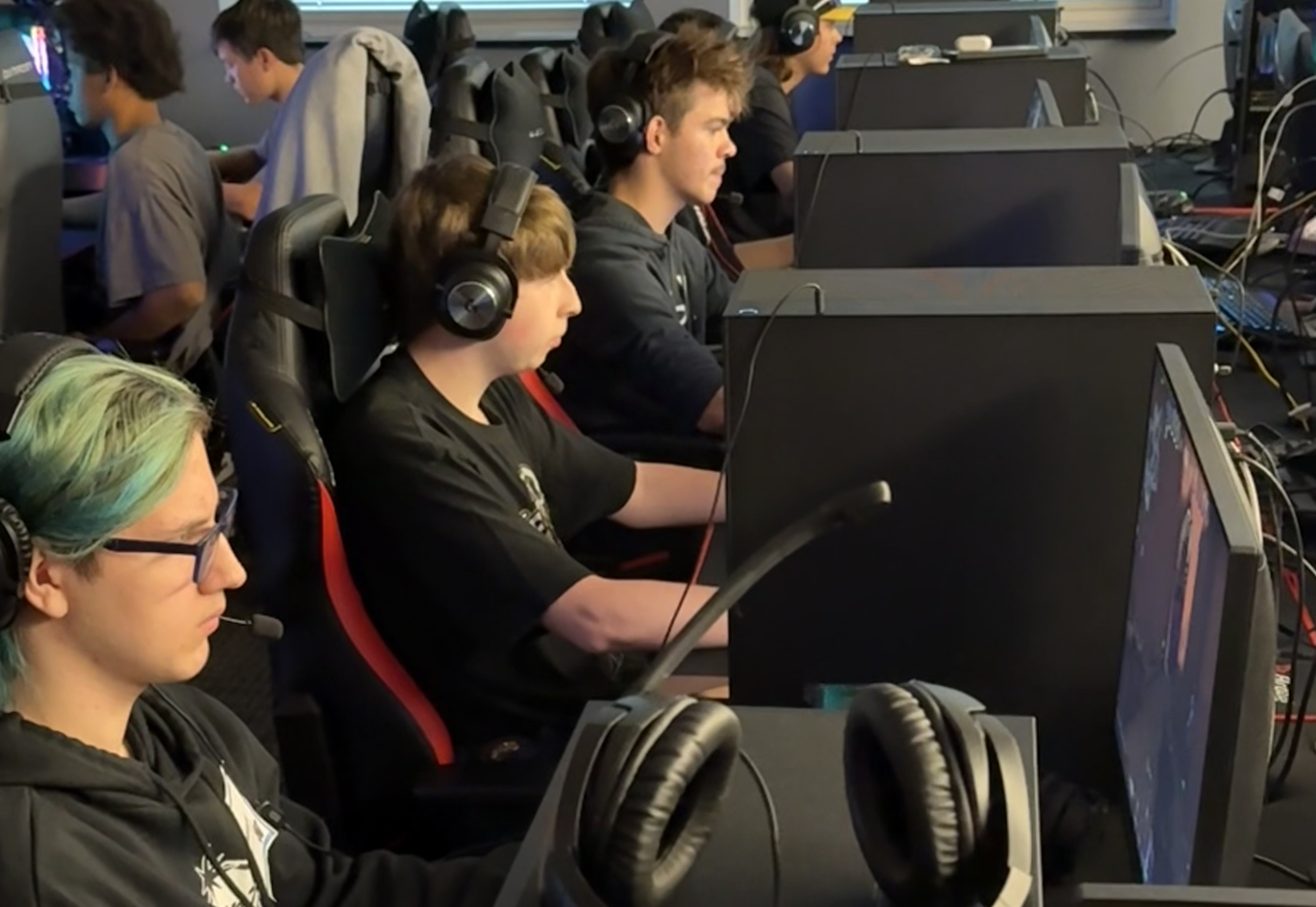AI In Education: 4 Ways To Avoid Falling Behind The Curve
Arizona State University professor Andrew Maynard has tips for educators on keeping up with AI developments and harnessing its educational potential in the process.

Ask Andrew Maynard if he believes educators are falling behind when it comes to AI use in teaching, and the answer is a resounding yes.
“If you were to have asked me last week, I'd have said, ‘yes,’ and this week, we've seen another step change in capabilities,” says Maynard, a professor at Arizona State University’s School for the Future of Innovation in Society and director of the university’s Future of Being Human initiative.
That step change comes courtesy of new developments in AI over the last few weeks such as DeepSeek and OpenAI’s new DeepResearch feature, which can search the internet and create high-quality research papers on demand.
“We've seen this emergence of very accessible reasoning AI models, which takes us way beyond the idea of just you give generative AI a prompt and it provides text,” he says. These AI reasoning models are capable of deeper analysis that can fuel student learning in ways that educators are only beginning to explore, adds Maynard, who in addition to teaching writes The Future of Being Human newsletter.
But he also acknowledges that keeping up with the dizzying pace of AI in education isn’t easy for already-busy classroom educators. He shares tips for how educators can get a better handle on where AI is and where it might be going, how and when they might use AI with their students, and how and when they might prevent their students from using AI inappropriately.
1. Forget About AI and Focus On Learning Objectives
Maynard’s first suggestion for teaching with AI is to forget about it initially, and instead focus on your learning goals.
“Ask what are you trying to achieve in that learning environment, and think through the purpose and the process of learning,” he says. “Then begin to think about how you use different tools and ask whether your current approaches to creating that learning experience are still valid or whether they need to change.”
Tools and ideas to transform education. Sign up below.
He adds, “If you go back 10, 20, 30 years, writing well-formatted and well-thought-through essays were considered to be a strong pedagogical tool. The question is does that still get your students to where they need to be in an age of AI?”
Sometimes the answer is, yes, but in other instances, that won’t be the case.
2. Decide What Tools Support Those Learning Objectives
Once you know what your learning goals are, you want to think about the type of activities students should engage in and what tools there are to support these.
“If you're trying to teach chemistry, it's ridiculous to have an essay format where you're trying to teach students how to write in a particular format, usually using APA style, when this isn't the point of the class,” Maynard says. “The point is to learn chemistry, not to learn to write in an anachronistic way.”
On the other hand, Maynard adds, in other classes you'll want students to develop critical thinking skills and learn how to channel and form their thinking through the process of writing. In those instances, human-generated writing would be an integral part of the learning process.
3. Experiment, Experiment, Experiment
Educators shouldn’t feel compelled to keep up with each and every new tool, but Maynard says spending time interacting with and experimenting with a generative AI model here and there is probably the most efficient way to understand the technology and how it might impact teaching.
“It's almost impossible to give formal guidelines for how to think about and use generative AI in the classroom because things change so fast,” Maynard says. “The easiest thing to do is get your hands dirty and experience these platforms. Most of them are free and easy to access, and you learn far more in five minutes getting your hands dirty than you will in five hours of reading reports from other people.”
4. Rethink Our Approach To Academic Integrity
Though Maynard is enthusiastic about AI’s potential in the classroom, he also acknowledges that there are times when educators do not want students to use it, and doing so is a form of cheating or plagiarism. The problem is preventing unsanctioned AI use is tricky.
“Things are moving so fast that nobody has got a good answer to how you address academic integrity and effectively cheating or plagiarism, and if anybody claims that they do, I can guarantee they're wrong,” Maynard says.
However, he does think that the answer of how to protect academic integrity in the age of AI will involve reframing the current approach.
“The idea of cheating comes from a way of thinking about education in terms of punishment. More than reward students, you punish them for doing the wrong thing, and that's actually not a very good pedagogical approach,” he says.
Instead, we should be creating exercises that move students toward desired behavior without the need for punishments by taking away incentives to cheat, Maynard adds. He acknowledges this isn’t always easy, but not that it is a worthy goal.
Erik Ofgang is a Tech & Learning contributor. A journalist, author and educator, his work has appeared in The New York Times, the Washington Post, the Smithsonian, The Atlantic, and Associated Press. He currently teaches at Western Connecticut State University’s MFA program. While a staff writer at Connecticut Magazine he won a Society of Professional Journalism Award for his education reporting. He is interested in how humans learn and how technology can make that more effective.

